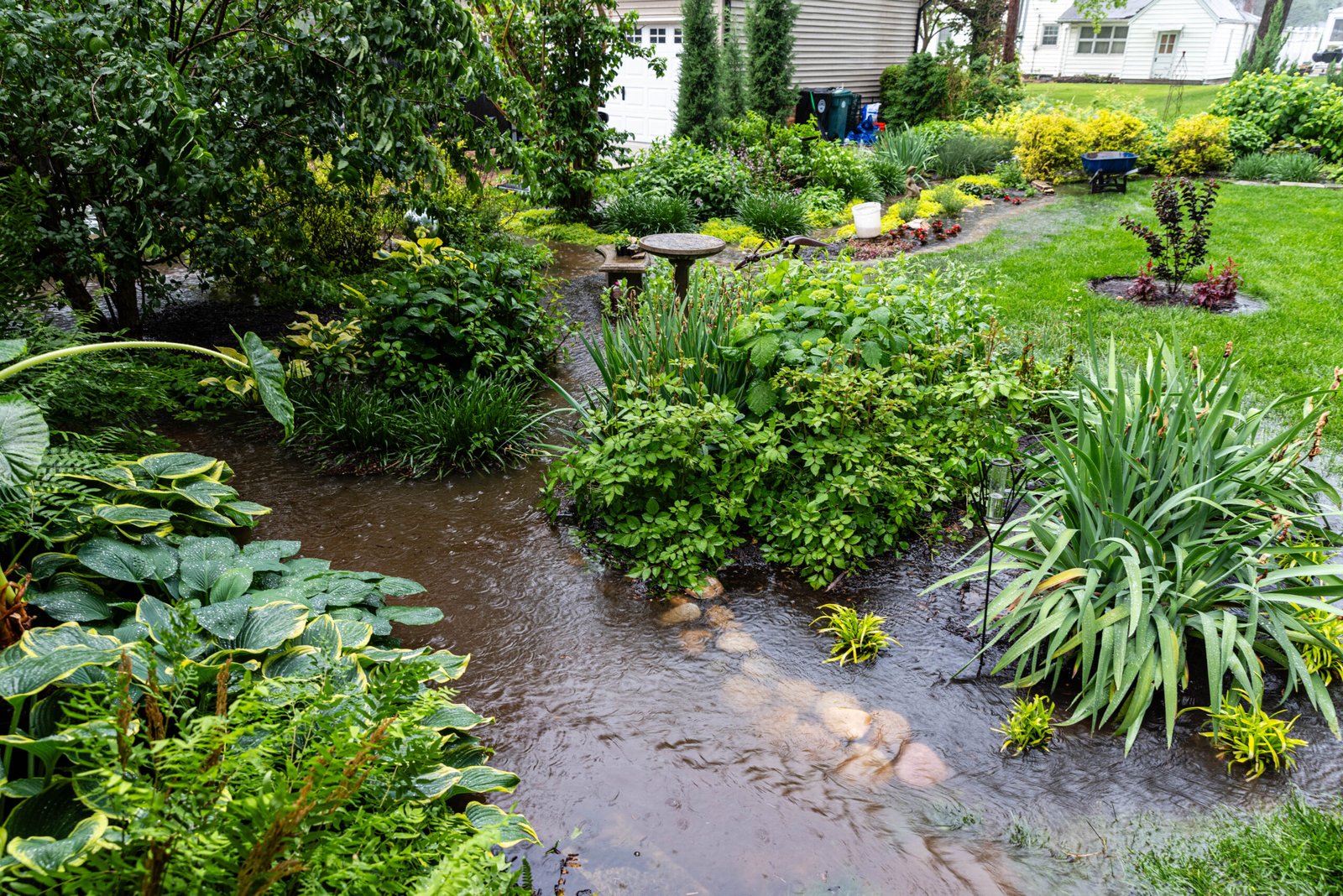Budget-Friendly Garden Landscaping Tips
Gardening can be a fun and cost-effective way to upgrade your outdoor space. If you’re like the millions of Americans who garden every year, you know how rewarding it can be to grow your own plants and produce. In fact, for every $70 you spend on landscaping, you could get back as much as $530 in fresh fruits, vegetables, or flowers during the season!
Looking for ways to make your garden look beautiful without breaking the bank? Here are some simple, budget-friendly landscaping tips that will help.
1. Use Mulch to Save Time and Money
Mulch is one of the easiest ways to improve your garden’s appearance and health. It:
- Keeps moisture in the soil so you water less.
- Stops weeds from growing.
- Helps keep the soil cool in the summer heat.
The best time to add mulch is in late spring or early summer, just before the hottest months. You can even choose colored mulch to give your garden a pop of color. It’s practical and pretty—win-win!
2. Keep Up with Trimming and Weeding
Regular trimming and weeding keep your garden neat and healthy. Trimming overgrown trees and bushes not only looks better but also helps:
- Prevent broken branches.
- Reduce the risk of plant diseases.
- Promote balanced, healthy growth.
If you’re planning a big trim, late fall or winter (when plants are dormant) is the best time to do it.
3. Small Details Make a Big Difference
You don’t need to spend a lot to add charm to your garden. Try these small, affordable touches:
- Add decorative stones or gravel pathways.
- Use pebbles or sand to outline flower beds.
- Mix different textures and colors to make your garden unique.
Little details like these can pull the whole look together without a big investment.
4. Choose Local Plants
Go for native plants when possible! They’re naturally suited to your area’s weather and soil, which means they:
- Need less water and fertilizer.
- Require less maintenance overall.
- Attract local birds, bees, and butterflies.
Check out a local nursery or garden center for advice on the best native plants for your region. Not only will they save you time and money, but they’ll also help the environment.
5. Consider Consulting a Professional
While DIY projects can be fun, sometimes it pays to get expert advice. Professional landscapers can:
- Offer design ideas you might not think of.
- Recommend the best plants and materials for your space.
- Handle big projects quickly and safely.
Even if you’re working on a budget, hiring an expert for a few hours can save you time and stress in the long run.
6. Plan for Year-Round Beauty
A garden that looks great all year doesn’t have to cost a fortune. Here’s how you can do it:
- Plant evergreens for winter greenery.
- Add spring-blooming bulbs like tulips or daffodils.
- Use perennials that bloom in the summer.
- Pick shrubs with colorful leaves for fall.
Elements like ornamental grasses or berry-covered shrubs also add texture and color when the weather gets colder.
7. Create Eye-Catching Focal Points
Focal points give your garden structure and personality. A few simple ideas:
- A birdbath or small sculpture.
- A bench or arbor where you can relax.
- A standout tree or flower bed.
Make sure focal points are the right size for your space and blend in nicely with the rest of your garden.
8. Go Vertical to Maximize Space
Short on space? Use vertical planters, trellises, or arbors to grow upward! Climbing plants like ivy, clematis, or jasmine add greenery and flowers without taking up extra ground space. Vertical gardens are also great for:
- Creating privacy.
- Hiding unsightly fences or walls.
- Adding depth and height to small gardens.
9. Add Pathways for Charm and Function
Pathways make gardens look tidy and organized, and they’re practical, too. They let you walk through the garden without stepping on plants or compacting the soil. Materials like:
- Gravel for a casual look.
- Stepping stones for charm.
- Pavers for a clean, finished style.
Paths also make maintenance easier by giving you access to plants and beds.
10. Bring in a Water Feature
Adding a water feature can completely change the feel of your garden. Whether it’s a fountain, a pond, or a simple birdbath, water features create a calming atmosphere and attract birds and wildlife.
You don’t need anything big or fancy—even a small bubbling fountain can make a big impact. Just make sure it’s near a power source if it needs electricity.
Final Thoughts
Landscaping your garden doesn’t have to be expensive. With a little planning, creativity, and care, you can create a beautiful outdoor space you’ll love year-round. Start small, work at your own pace, and enjoy the process!







